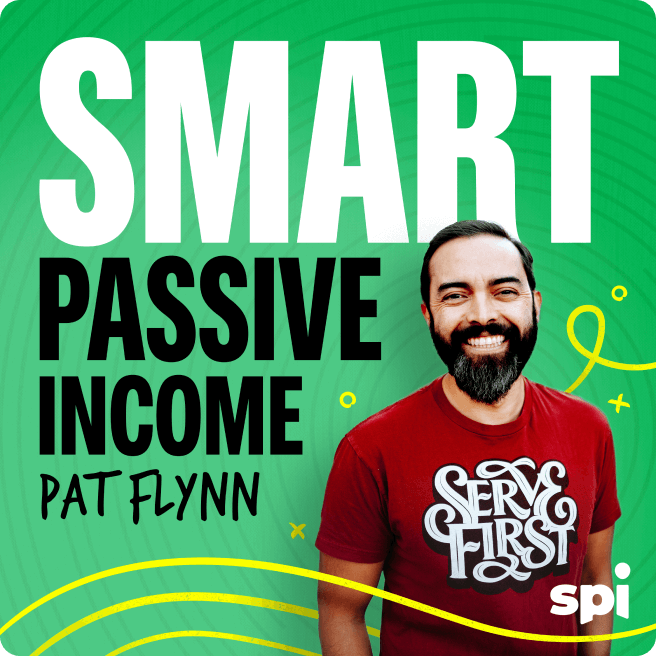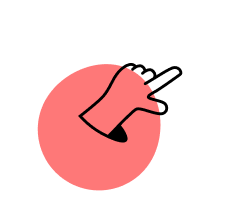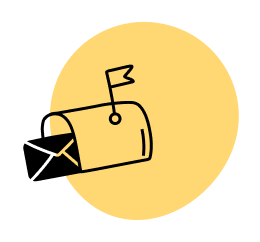How do you position yourself as an expert? How do you talk about yourself online so that other people become interested, not just in following you, but potentially buying from you? How do you sell yourself in a way that’s not sleazy? It starts by remembering that you are the only you that exists. Today we’re talking with Mike Kim from YouAretheBrandBook.com about how to turn your youness into a personal brand that gets people’s attention.
Mike is one of the most genuine people I know. He’s been through the ranks and gone through a lot of ups and downs, to now helping people build their brands online. I’m really excited for you to hear this episode — it could be the refresher you need to take hold of who you are and how you position and talk about yourself online. In fact, Mike and I go through an entire blueprint on how to do this yourself. So sit back, relax, and take notes if you need to because this is a great one.
Today’s Guest
Mike Kim
Mike Kim believes marketing isn’t about closing a sale, it’s about opening a relationship. This refreshing approach has made him a sought-after speaker, online educator, and brand strategist for top thought leaders including John Maxwell, Donald Miller, and Dr. Daniel Amen. He is also the author of the bestselling book You Are the Brand. Nowadays you’ll find him looking for the next great place to scuba dive, and occasionally sipping a glass of scotch — all while coaching, serving clients, and recording his hit podcast, The Brand You Podcast.
You’ll Learn
- Why we all have a personal brand, and why it’s not enough if you want to build a business around it
- Mike’s thoughts on how Pat has built the SPI brand
- Mike’s 8-step brand-building framework
- The power of the question, “Can I build a community around this?”
- Why pricing doesn’t automatically determine your positioning
- The “meta skill” Mike applied to his podcasting that made everything else he did easier
- How you can go wrong with being too authentic online
- How Mike’s book You Are the Brand can help you build a business around your expertise, ideas, message, and personality
Resources
You Are the Brand by Mike Kim
Rise of the Youpreneur by Chris Ducker [Full Disclosure: As an affiliate, I receive compensation if you purchase through this link.]





